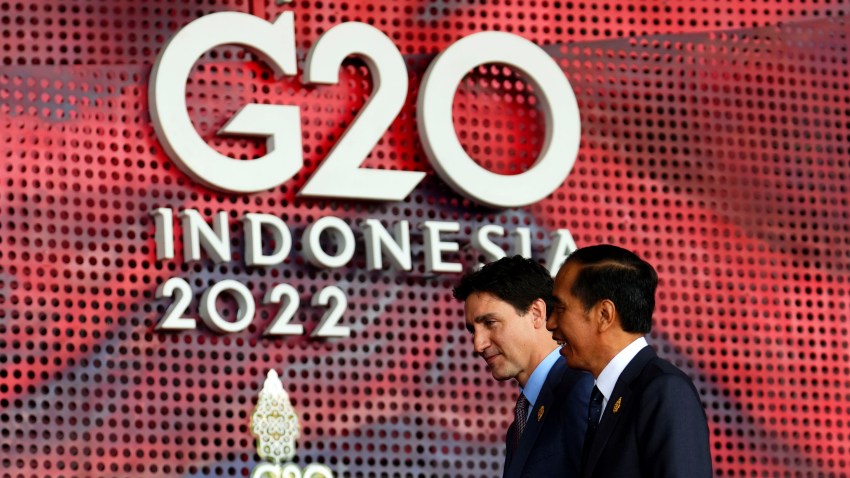As the summer vacation season fizzles out, world leaders face a slew of multilateral summits over the coming month. This week sees the annual top-level meeting of the BRICS group of major non-Western economies in South Africa. On Sept. 9, G20 leaders will hold their yearly conclave in India. Less than a fortnight later, heads of state and government will descend on New York to kick off another session of the United Nations General Assembly.
This convergence of top-tier international gatherings is unusual. The UN General Assembly high-level week always comes around in late September. But last year the BRICS met in June, and the G20 only gathered in November, creating some breathing space between the events. The fact that all these meetings are taking place in the space of five weeks creates an opportunity for participating leaders—such as Indian Prime Minister Narendra Modi—to maximize their global profile. But it also raises the question of what all this summiting actually achieves.
International summits, large and small, are of course a well-established feature of international relations. The UN General Assembly first met in London in 1946. Nonetheless, the 2008 financial crisis heralded a shift in the business of summitry. In November of that year, aiming to halt a global meltdown, U.S. President George W. Bush held the first leaders-level meeting of the leading economies in Washington. His successor Barack Obama followed this lead, using the G20 as a vehicle to manage economic diplomacy from 2009 onwards.

